Blue Jays are colorful and noisy birds that many of us see in our backyards. But have you ever wondered about their mating habits? Do Blue Jays Mate for Life, or do they choose different mates?
When exactly do the Blue Jays start looking for a mate, and why do they pick that time? How do they go about finding a suitable partner? And what season sees the most Blue Jay pairs forming?
Let’s explore the interesting world of Blue Jay mating and uncover some fascinating facts about these feathered neighbors!
Do Blue Jays Mate for Life?
Blue Jays bird form strong partnerships, but they don’t necessarily mate for life. Blue Jays stay with the same partner for several breeding seasons, working together to build nests and raise their young.
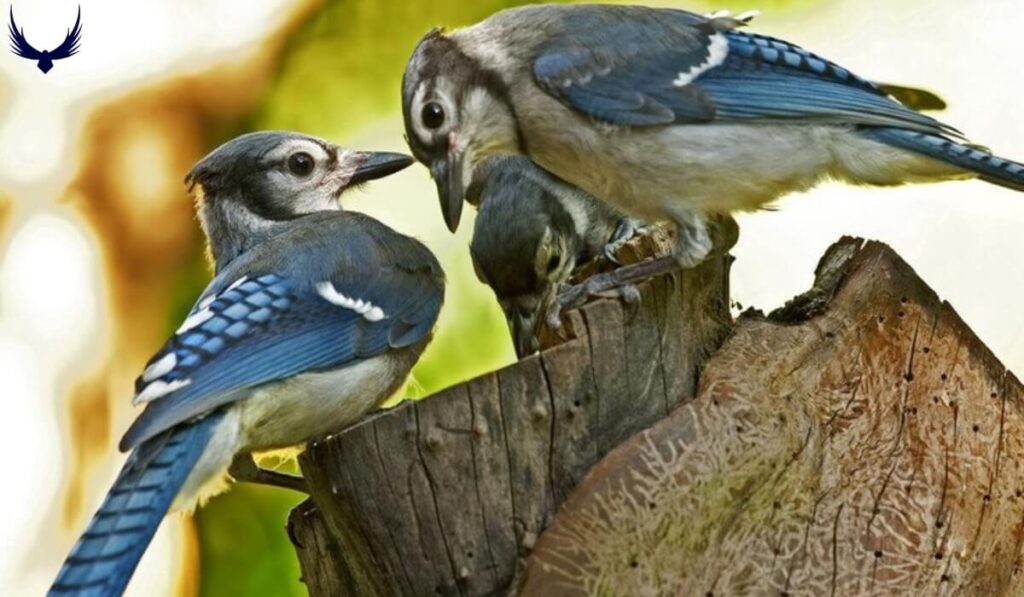
If one bird dies or disappears, the other Blue Jay will find a new mate. While they’re not lifelong partners, Blue Jays are known for being loyal and cooperative during the time they’re together. Their teamwork in raising families shows how important these partnerships are to them.
Why do Blue Jays Mate for Life?
Blue Jays don’t mate for life, but they do form strong partnerships that can last for several years. This behavior helps them raise their young more successfully. By staying together, Blue Jay pairs get better at working as a team.
Blue Jays learn each other’s habits and can divide tasks like nest-building, egg-sitting, and feeding babies more efficiently. This teamwork gives their chicks a better chance of survival.
When do Blue Jays Mate?
Blue Jay mating season is in the spring, between March and May. This timing allows them to raise their young when food is most plentiful. Before mating, Blue Jays perform courtship rituals where the male might feed the female or show off by flying around her.
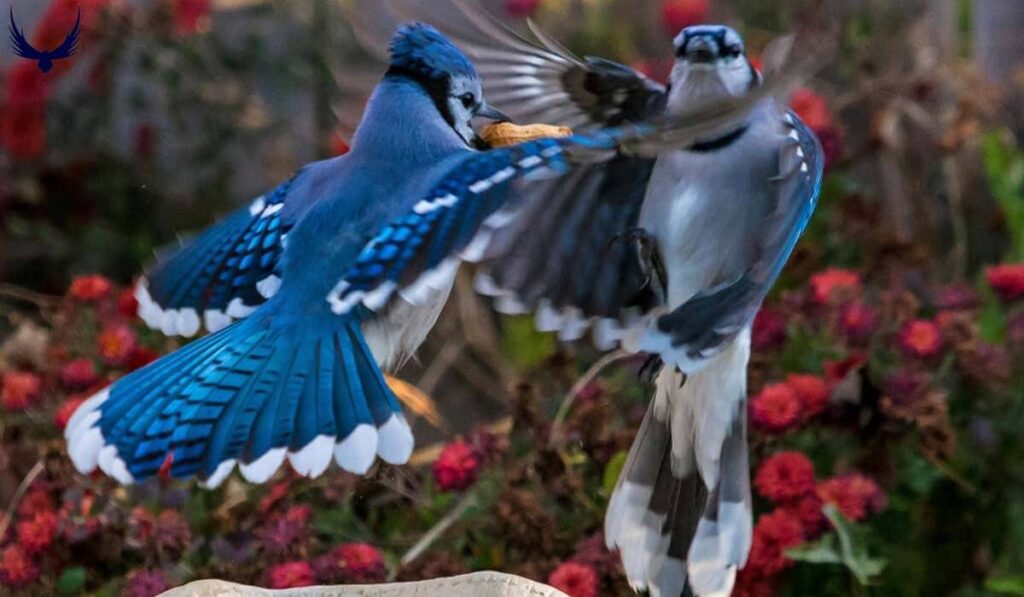
Once Blue Jays paired up, they worked together to build a nest. After mating, the female lays eggs, and both parents help care for their babies. Some Blue Jays in warmer areas might have a second brood later in the summer.
How do Blue Jays Mate?
Blue Jays mate through a process called “cloacal kissing.” The male and female birds briefly press their cloacas (the opening for their reproductive and waste systems) together.
This quick contact allows the male to transfer sperm to the female. Before mating, Blue Jays engage in courtship behaviors. The male might feed the female, or they might fly together and call to each other.
These behaviors help the birds bond and prepare for mating. Once they’ve mated, the female will lay eggs in the nest they’ve built together.
When do Blue Jays Become Sexually Mature?
Blue Jays become sexually mature when they are about one year old. This means they can start breeding and having their own babies during their first spring after hatching. However, some Blue Jays might wait until they are two years old before they start mating.
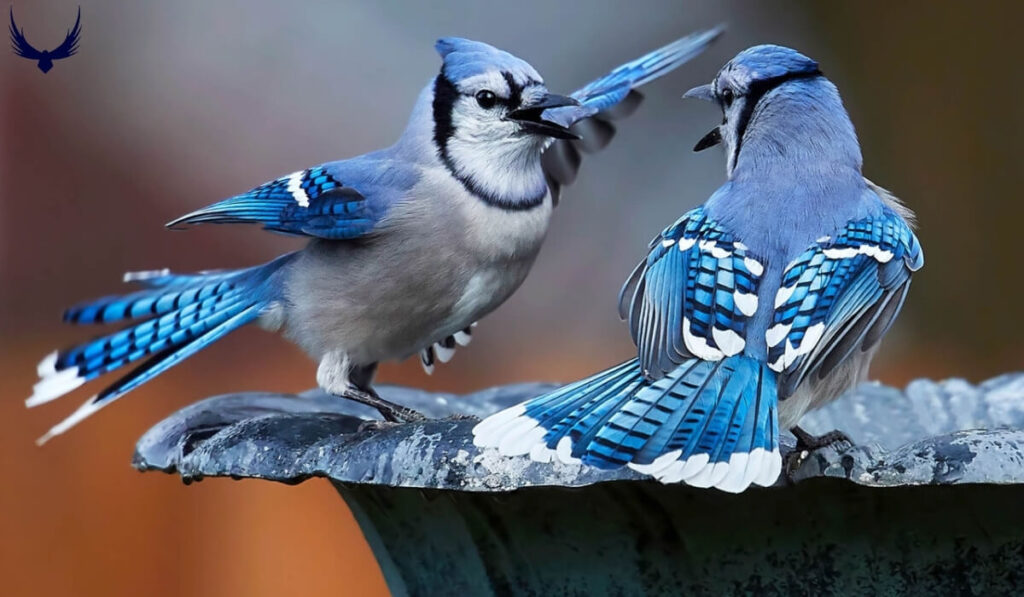
By this time, they have fully developed their bright blue feathers and are ready to find a partner. Once sexually mature, Blue Jays can breed every year during the spring mating season.
What Time of Year do Blue Jays Mate?
Blue Jays mate between March and May. This timing coincides with warmer weather and increased food availability, which is perfect for raising their young.
During this mating season, you might notice Blue Jays becoming more active and vocal. They perform courtship displays, build nests, and prepare for their new families.
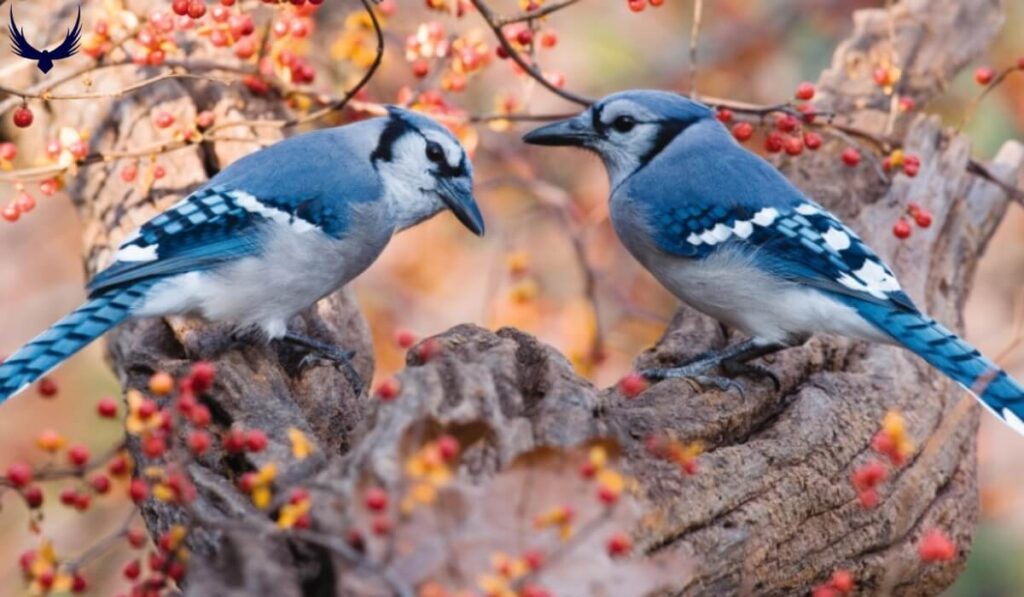
In some warmer regions, Blue Jays might have a second mating period later in the summer, allowing them to raise two broods of chicks in a single year.
How Many Times a Year do Blue Jays Mate?
Blue Jays mate once a year during the spring breeding season. In some cases, they might mate twice a year if conditions are favorable. After mating, the female Blue Jay lays eggs and the pair works together to raise their young.
If their first brood is successful and there’s enough time and food, some Blue Jay couples might decide to have a second brood in the same year. This means they would mate again to produce another set of eggs and chicks.
How do Blue Jays Attract a Mate?
Blue Jays attract mates through interesting courtship behaviors. Male Blue Jays perform special flying displays, swooping and gliding to show off their bright blue feathers. They also use their loud, distinctive calls to get attention.
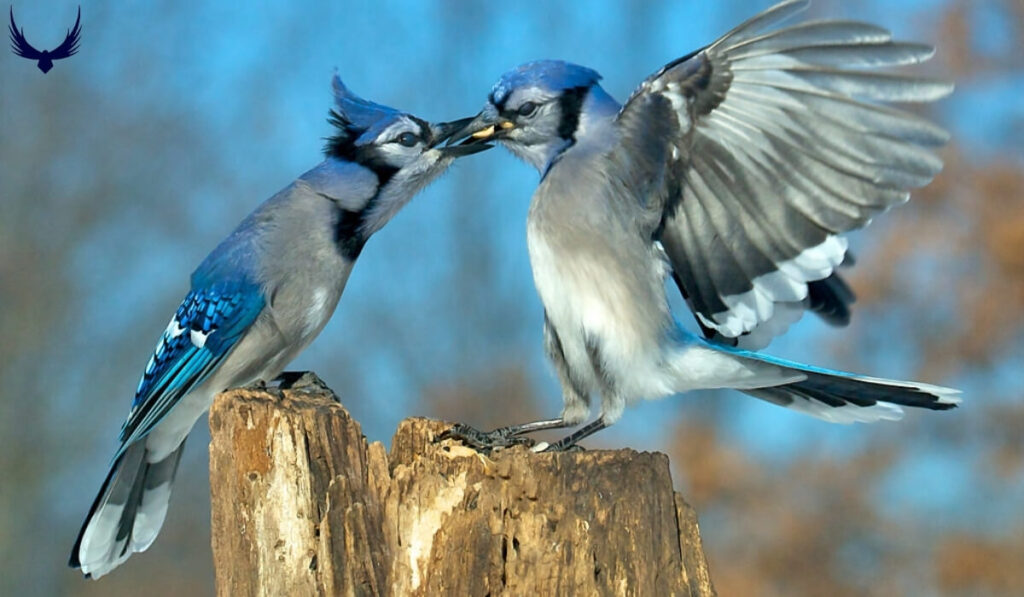
During courtship, male Blue Jays might bring food to mates, sharing tasty treats as a way of showing they’d be good partners. Sometimes, groups of Blue Jays participate in “flight displays” together, with males chasing females in a playful way. These behaviors help Blue Jays find and choose the right partner for breeding.
When do Blue Jays Lay Eggs After Mating?
Blue Jays start laying eggs within a week or two after mating. The female Blue Jay lays one egg per day until she has a full clutch, which is usually 3 to 6 eggs. This process takes about 5 to 7 days to complete.
Once all the eggs are laid, both parents take turns incubating them for about 16 to 18 days until they hatch. The timing of egg-laying is important, as Blue Jays want their chicks to hatch when food is plentiful in spring.
What Happens When a Blue Jays Mate Dies?
When Blue Jays mate dies, the surviving bird will find a new partner. Blue Jays don’t mate for life, but they do form strong bonds with their partners. If one bird dies during the breeding season, the surviving Blue Jay might continue to care for the nest and young on its own.
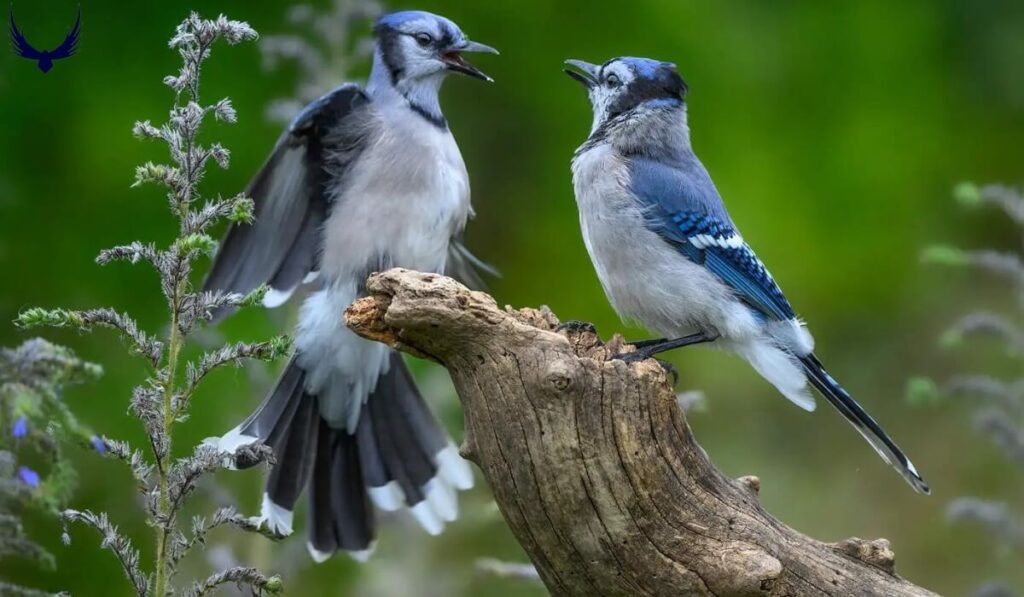
However, raising chicks alone is challenging, so the success rate might be lower. In time, by the next breeding season, the surviving Blue Jay will look for a new mate to start a family with. This ability to find new partners helps Blue Jays continue their species even when they lose a mate.
Do Blue Jay Breeding Pairs Stay Together Throughout the Year?
Blue Jay breeding pairs stay together throughout the year, not just during the nesting season. These birds form strong bonds and can remain partners for several years.
During winter, Blue Jay couples may join larger flocks for safety and food-finding, but they stick close to their mate. They work together to defend their territory from predators and find food.
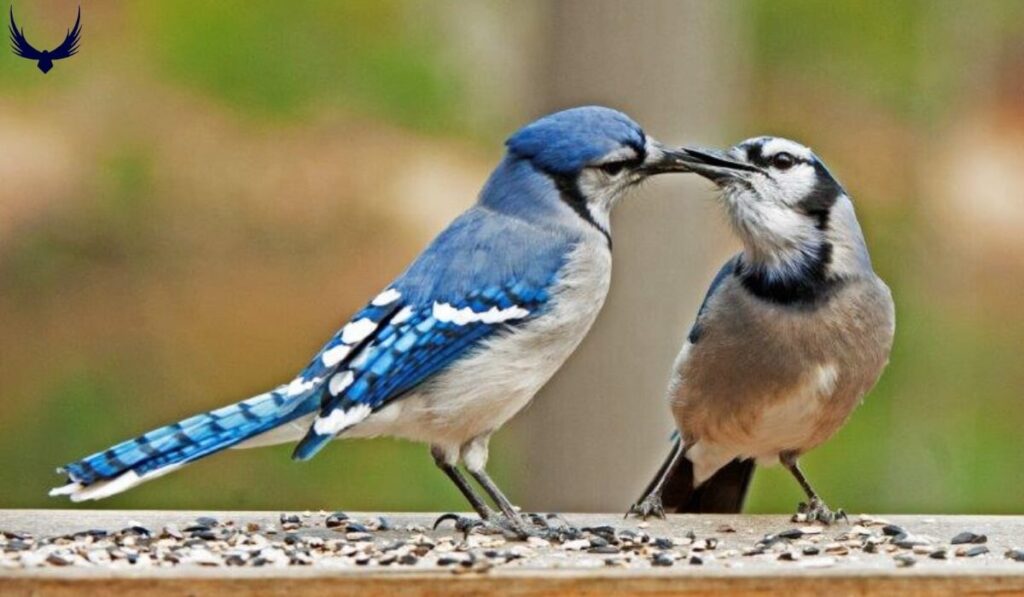
When spring comes, these year-round pairs have an advantage because they can start nesting earlier than birds that need to find new mates. However, if one bird dies or disappears, the remaining Blue Jay will find a new partner.
FAQs – Blue Jays Mating Habits 2024
Can Cardinals and Blue Jays Mate?
Cardinals and Blue Jays cannot mate with each other. They are different species of birds, each with their own unique genetic makeup. While both are colorful songbirds that might live in the same areas, Cardinals and Blue Jays can only mate with birds of their own species to produce offspring.
How Often do Blue Jays Mate?
Blue Jays mate once a year during the spring breeding season, between March and May. However, some Blue Jay pairs might mate twice a year if conditions are good. This means they could have two broods of chicks in a single year.
Can a Robin and Blue Jay Mate?
Robins and Blue Jays cannot mate with each other. They are different species of birds with their own unique genetic structures. Even though both are common backyard birds, Robins and Blue Jays can only successfully breed and have babies with members of their own species.

